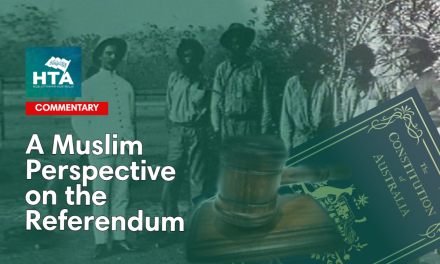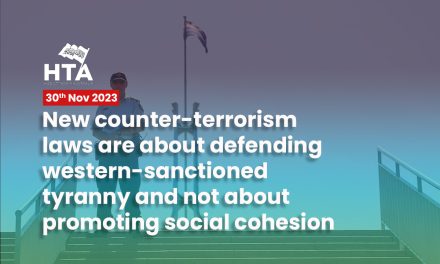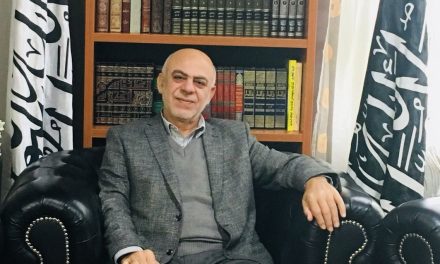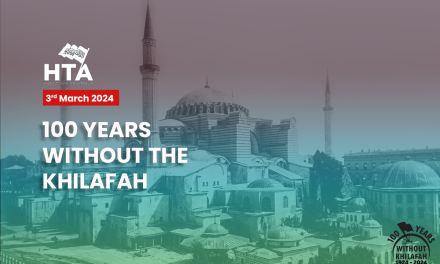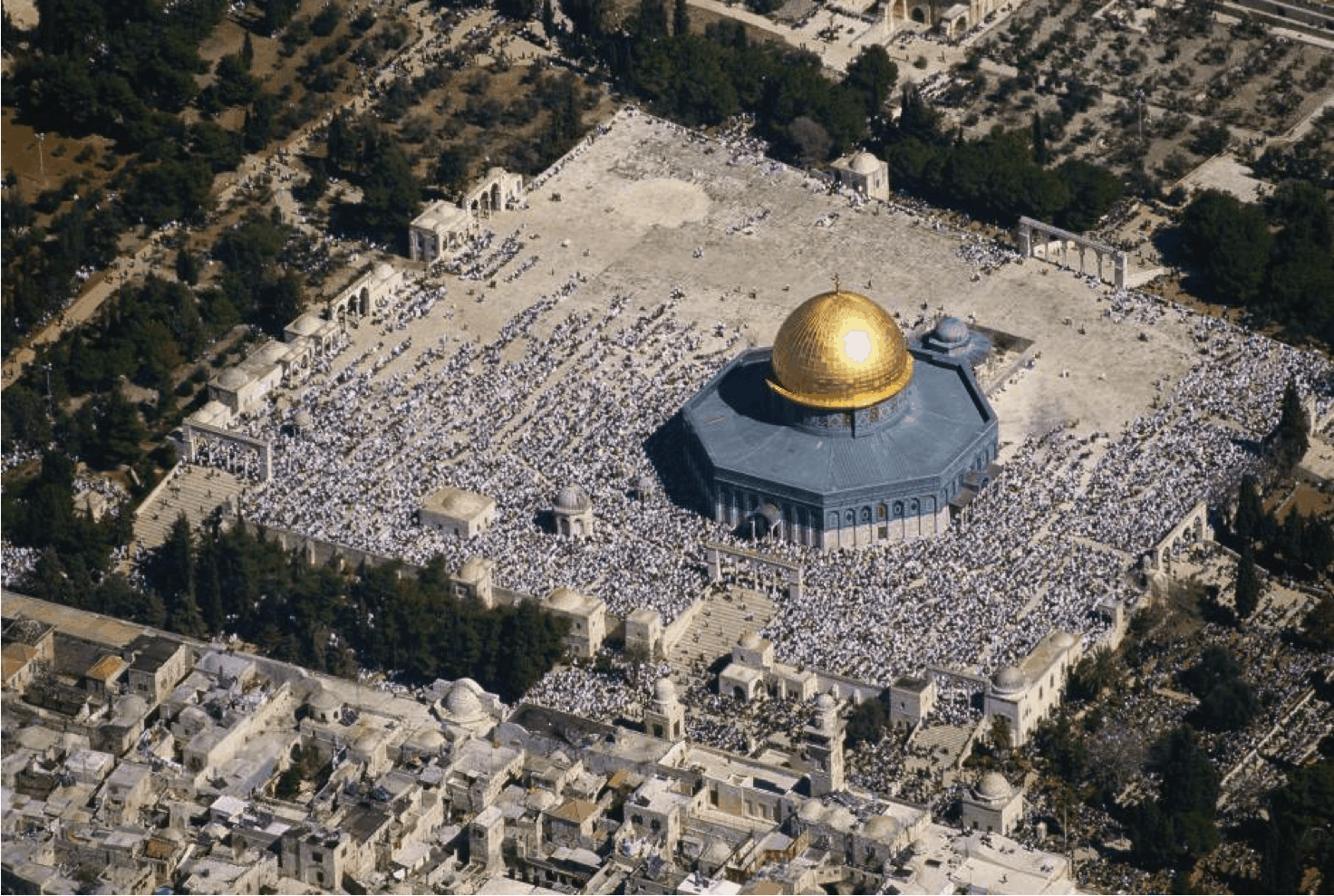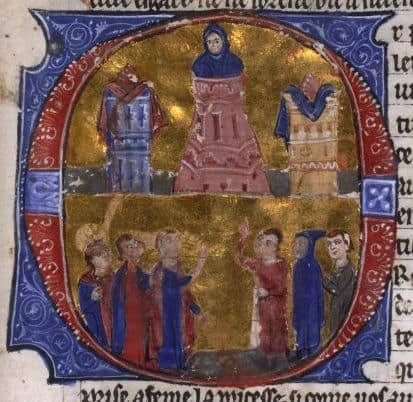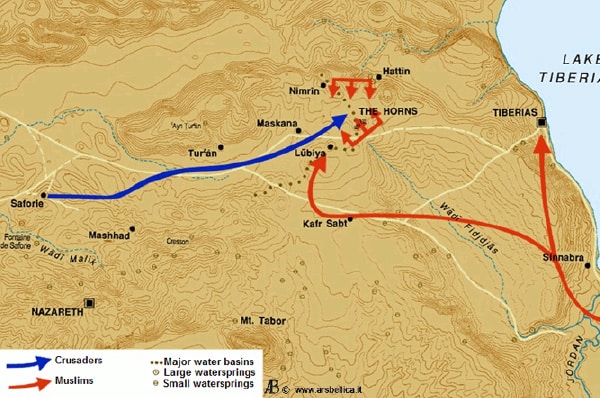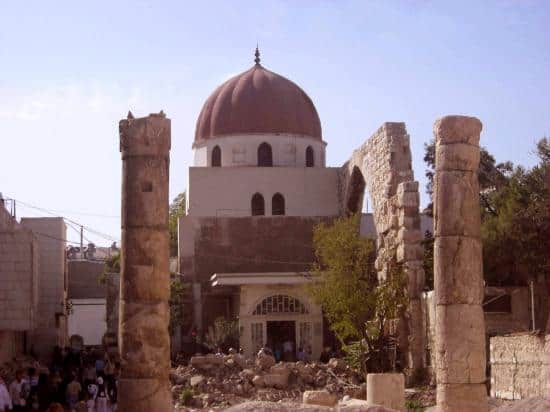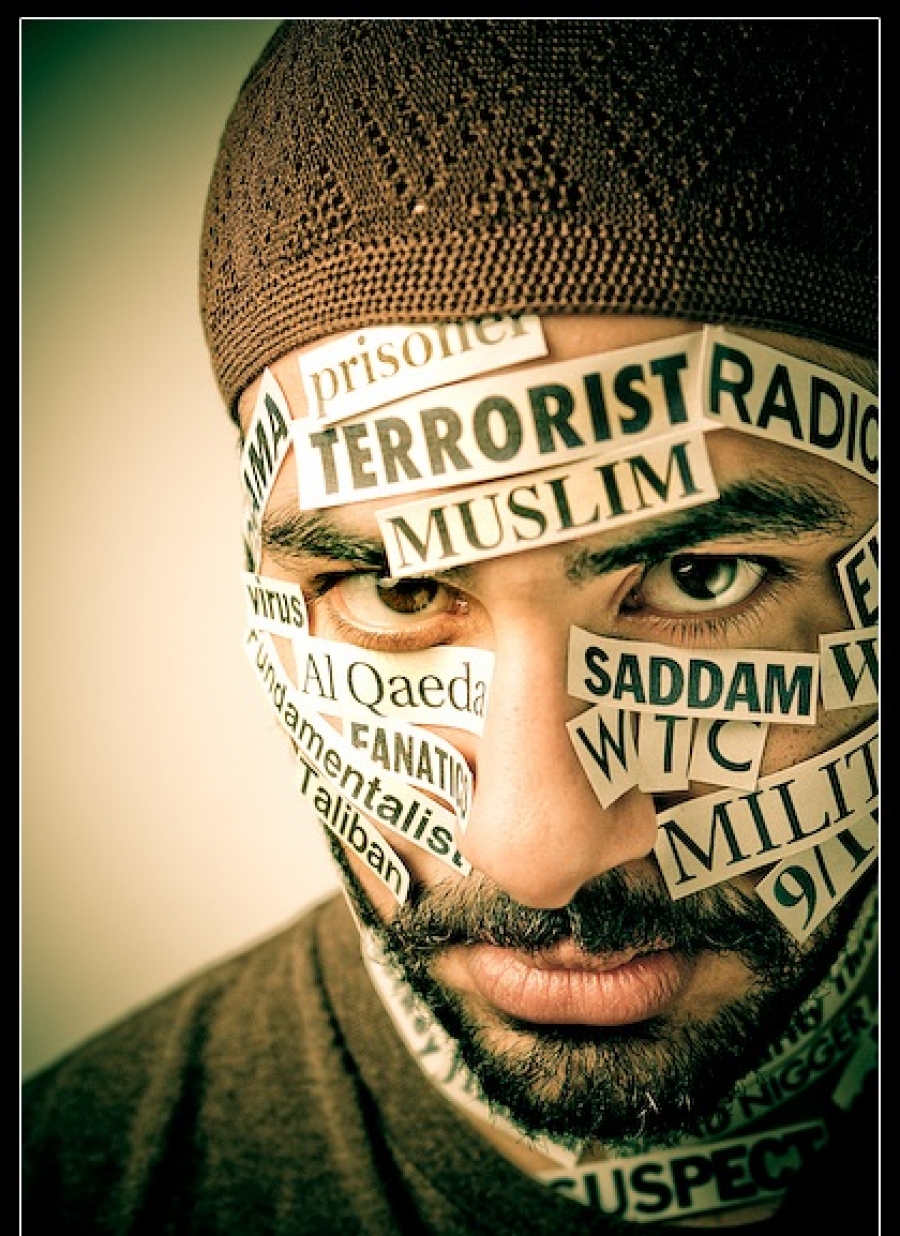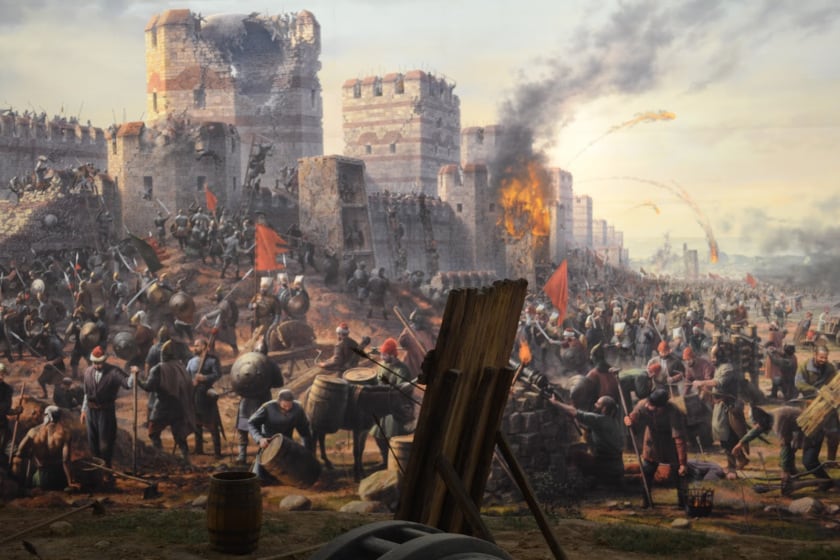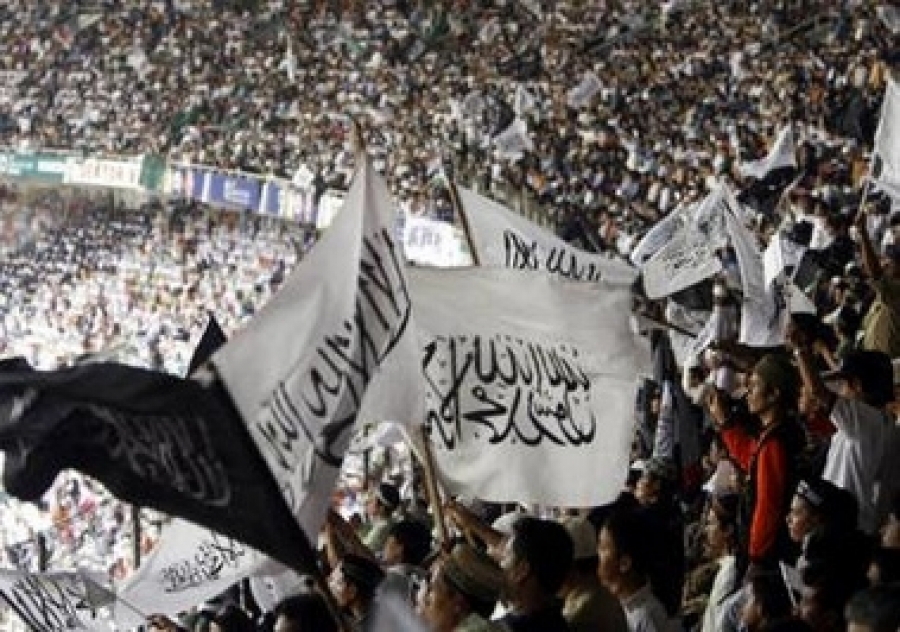Browsing through the pages of Islamic history, we come across many personalities who inspire us. There are few more loved, renowned and revered than Salahuddeen, and for good reason. His incredible attributes and feats, motivated solely by devotion to Allah, are matched only by his unique imprint upon the fabric of time.Individuals like Salahuddeen form a dazzling tapestry of courage, intelligence, honour and steadfastness. They are the threads of our history, and more often than not, were faced by harsh, seemingly insurmountable circumstances. Yet they overcame the troubles of their times to become stalwarts of the Muslim Ummah.
EARLY LIFE AND EGYPT
Born in Tikrit, Iraq, Salahuddeen was of noble Kurdish ancestry, with his father, Najm ad-Din Ayyub, a governor of the area.
He settled in a place called Mosul, and the ruler, the great Nur ad-Din Zangi, took Salahuddeen under his wing, sending him to Damascus to complete his education.

The Cairo Citadel, also known as the Citadel of Salahuddeen, was a pre-existing site fortified by Salahuddeen to defend against the Crusaders.
Asad ud-Din Shirkuh, an uncle to Salahuddeen, was a military commander under Nur ud-Din. Instability in the Egyptian region called for action, and Salahuddeen was sent with Shirkuh as his advisor. After a few missions to Egypt, Shirkuh was able to take command. After only two months in command, Shirkuh passed away, and thus Salahuddeen now had control over the whole of Egypt.
This Egyptian period in Salahuddeen’s history was his first as a leader. He fought against and abolished the rule of the ineffective and treacherous Fatamid Shia rulership in 1171, and under Salahuddeen’s rule, Egypt flourished. He revitalised the economy, expanded the military and built many great schools.
Education became a cornerstone of the new Egypt, and it soon became viewed as an intellectual center of learning, and thus Salahuddeen brought new life to the once ailing province.
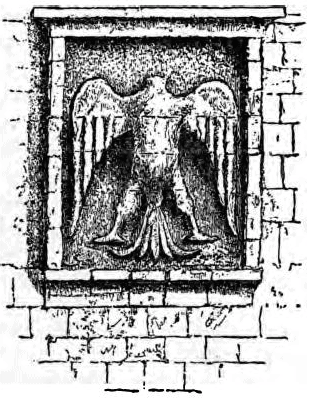
The “Eagle of Salahhudeen”, one of his symbols, which has gone on to become the symbol of many of the Arab countries’ flags and coats of arms.
LEADERSHIP: UNITING MUSLIMS UNDER HIM
Soon after, Salahuddeen’s mentor, Nur ad-Din, passed away in Damascus. At this point in time, the situation in Damascus was precarious.
Leadership had been passed to Nur al-Din’s son, Al-Malik As-Salih Isma’il, who was a mere child of eleven years. Division and conflict over authority prevailed, and the situation was worsening by the day.
The leaders and public of Damascus eventually saw the volatility of their situation, and, with various parties being potential claimants to the throne, requested for Salahuddeen to take authority over them.
Just as in Egypt, Salahuddeen’s rulership allowed Damascus to stabilise and start to prosper. With the death of the young Al-Malik As-Salih Isma’il, Salahuddeen gained a firm hand over Syria, and thus successfully united most of the regions under his command. Salahuddeen used diplomacy and administrative skill in piecing together an Ummah divided, and in doing so, he became the most powerful figure in the Muslim world.
All the while, the Crusaders watched on, but probably did not appreciate the significance of the consolidation taking place. After a few encounters against with Crusader forces, a shaky truce was declared between Muslims and the Christian kingdom with its capital in Jerusalem.
This truce though, was not to last, and Salahuddeen was aware that there would come, at some point, a trigger allowing him to play his hand.
The influential Christian knight, Raynald of Chatillon, betrayed the terms of the truce deal, attacking a Muslim caravan going to Hajj, launching a fleet of ships in the Red Sea and disrupting trading routes that Salahuddeen and the Christians had agreed would be kept open.
The most unacceptable of all of Raynald’s actions were his threats to attack Makkah and Madina and his insults against the Prophet Muhammad (ﷺ). Upon hearing of this, Salahuddeen was furious. The audacity of Raynald was too much for Salahuddeen to ignore, and he swore to kill him by his own hand.
THE BATTLE OF HATTIN: SALAHUDDEEN EXECUTES RAYNALD
The advent of Raynald’s actions was the trigger Salahuddeen needed and awaited. It also became a rallying cry for an emboldened and better armed Muslim force which had benefited from careful consolidation and preparation for what was eventually to come.
Following the attack on Muslim caravans described above, Salahuddeen led the Muslims to the decisive Battle of Hattin. This battle took place in the last ten nights of Ramadan that year, and some historians have commented that in some views it was the day after the night of Laylatul Qadr. Whether this is true or not, the significance of Muslims fighting in the peak of summer (July is the hottest month in the Middle East) and winning such a decisive victory should not be lost on the reader.
For the first time, the Kingdom of Jerusalem was encircled by Muslim territory united under one commander. Salahuddeen this time had a well prepared army ready to face the mighty alliance of Guy of Lusignan, the King of Jerusalem, Raynald, and other Christian knights and leaders.
In a move indicative of his military acumen, Salahuddeen deprived the Crusader army of access to water, reducing the soldiers to a tired and unorganised mess. The Crusaders were humiliated, many being taken prisoner, most prominent among them being Raynald of Chatillon and Guy of Lusignan.
Salahuddeen ordered both Guy and Raynald be brought to his tent. Salahuddeen invited Guy to sit beside him, and when Raynald entered in his turn, he seated him next to his King and reminded him of his misdeeds.
“How many times have you sworn an oath and violated it? How many times have you signed agreements you have never respected?”
Raynald answered through a translator: “Kings have always acted thus. I did nothing more.” Historians note that during this time King Guy was gasping with thirst, his head dangling as though drunk, his face betraying great fright.
Salahuddeen spoke reassuring words to him, had cold water brought, and offered it to him. The king drank, then handed what remained to Raynald, who slaked his thirst in turn. Salahuddeen then said to Guy: “You did not ask permission before giving him water. I am therefore not obliged to grant him mercy”.
After pronouncing these words, Salahuddeen smiled, mounted his horse, and rode off, leaving the captives in terror. He supervised the return of the troops, and then came back to his tent. He ordered Raynald brought there, then advanced before him, sword in hand, and struck him between the neck and the shoulder-blade. When Raynald fell, he cut off his head and dragged the body by its feet to the king, who began to tremble.
Seeing him thus upset, Salahuddeen said to him in a reassuring tone: “This man was killed only because he exceeded all bounds”.
Thus Salahuddeen fulfilled his oath to kill Raynald himself. King Guy was spared and was taken to Damascus for a time, then allowed to go free.
CAPTURING JERUSALEM AND DEATH
3 months after the Battle of Hattin, Salahuddin besieged and subsequently captured Jerusalem. Unlike the Crusaders 88 years earlier, who made Jerusalem a bloodbath during the First Crusade, Salahuddin did not terrorize. He spared the lives of 100,000 Christians and allowed Christian pilgrims in Jerusalem after gaining command. The terms involved simply involved paying a ransom and then being allowed to go free.
After defeat at Hattin, the Crusaders did not rest. Immediately preparations began for the Third Crusade. The English king, Richard the Lion Heart, began by leading a siege called by Guy of Lusignan, whom Salahuddin had earlier captured and set free. The province of Acre was besieged and very soon the situation for the Muslims became difficult and they were forced to surrender. Disregarding the mercy that Salahuddin had shown in Jerusalem, once again the Crusaders spilt much blood. Thousand of men, women and children were slaughtered at their hands.
Despite their best efforts, the Crusaders could not re-take Jerusalem. Battles were fought between the Muslims and the Crusaders, but overall, a stalemate ensued. Salahuddin was unable to force Richard the Lion Heart to retreat and Richard was unable to breach Salahuddin’s defences.
With no advancement by either side, a treaty was signed. Under the terms of the treaty, Jerusalem would remain in Muslim hands, but Christian pilgrimages would be allowed.
Only a year later, Salahuddin was struck with a severe fever and died at the age of 57. So came to an end the life of one of the greatest Muslims to have ever lived. As if to attest to his character even after death, Salahuddin, a noble commander and leader, had given so much in charity that his wealth was not even enough to cover the cost of his funeral.
We ask Allah Most High to have mercy on him and send many more of his like.
![]()


